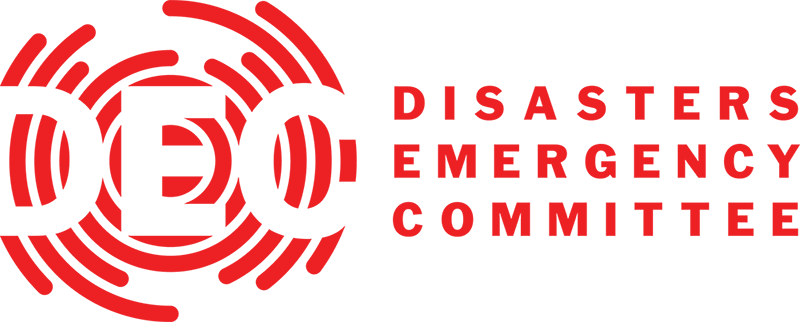
How we spend and allocate your money
The DEC only funds work by our 15 member charities, which deliver aid directly or through trusted partners to those in need.
Because of our unique collaborative model and partnerships with broadcasters and the corporate sector, we are able to work extremely efficiently and cost effectively – the average cost of running our appeals is just 7.3% of the money we raise directly (based on a five-year rolling average).
Additionally, our members are committed to using no more than 7% of the funds they receive from us on any work within the UK to support their response to a disaster. All of the remaining funds must be spent on the emergency response itself and helping survivors rebuild their lives.
How we distribute funds amongst our members
A formula known as the Indicator of Capacity (IoC) is used to allocate DEC appeal funds amongst our member agencies.
The calculation, updated annually, takes into consideration how much each member spends on emergency relief and recovery work overseas, and their UK fundraising capacity. The formula ensures that no one agency gets more than 20% of the funds available and none get less than 3%.
Because of the IoC, each of our members will know roughly how much money they will get from the DEC as soon as the funds are raised. This helps them begin delivering vital aid within days of a disaster.
The DEC formally tells member agencies of their estimated income from an appeal one week after launch, and confirms or revises the figure after two.
During the first few weeks of an emergency, members will also simultaneously carry out a detailed assessment of what their financial needs in the disaster area are.
How we spend funds
Good aid work means getting the right aid to the right people as quickly as possible, as well as listening to communities about what they need long term.
DEC member charities know very quickly how much money they can expect from our appeals and this helps them to rapidly build up a large scale response to a disaster. They don’t have to submit plans or applications before using DEC funds because they have already shown they work to the highest standards but there are strict reporting and evaluation procedures to ensure transparency and accountability.
One month after an appeal launch, members set out their ongoing disaster response plan for the first six months, and inform the DEC whether they are likely to need their full allocation of funds.
The DEC calls this initial six-month response ‘Phase 1’ and members must spend at least 30% of their IoC allocation during this time, with the majority of funds expected to pay for aid supplies. In the first six months of the response to Typhoon Haiyan in the Philippines in 2013, 66% of funds spent went on aid goods, with the remainder used to make sure that that aid was delivered quickly and effectively.
In ‘Phase 2’ further emergency work may still be required but the emphasis wherever possible is on our commitment to helping communities to rebuild their lives. This work continues for two years, or sometimes three after the largest disasters such the Haiti earthquake and Philippines typhoon.
Any unused funds from ‘Phase 1’ are spent here, as well as any money received from an appeal that is in addition to what the DEC initially allocated.
The DEC monitors members’ progress and carries out checks on their expenditure within the first three- and six-month periods, and at six monthly intervals after that.

